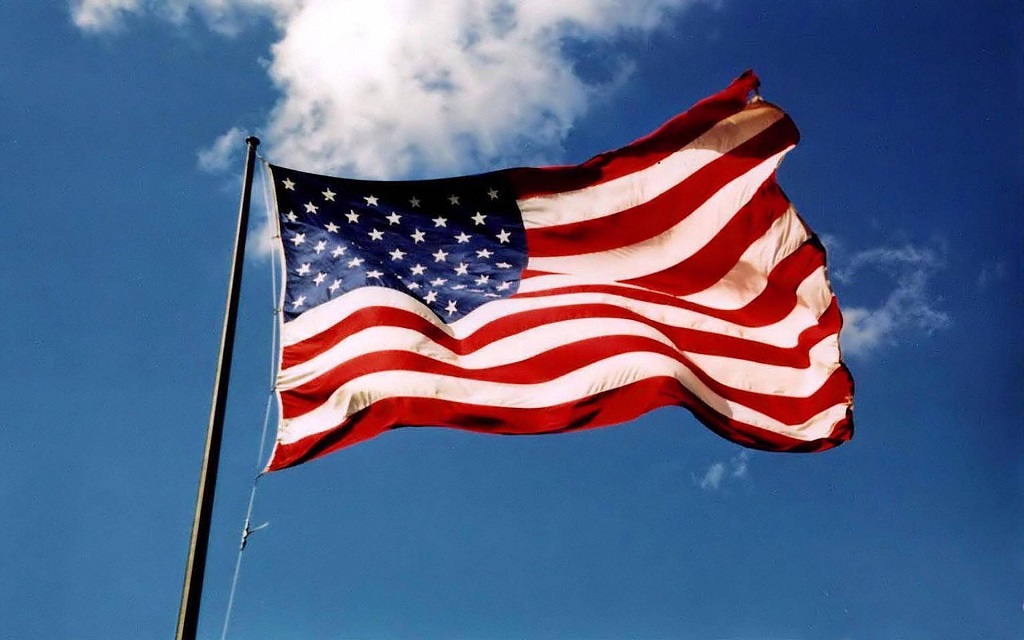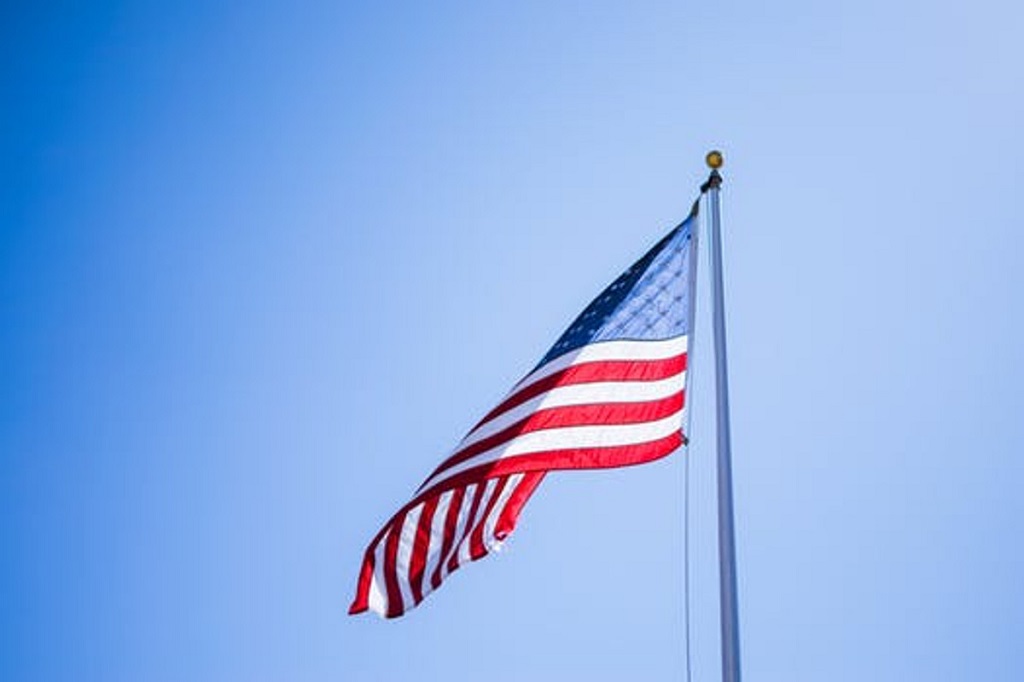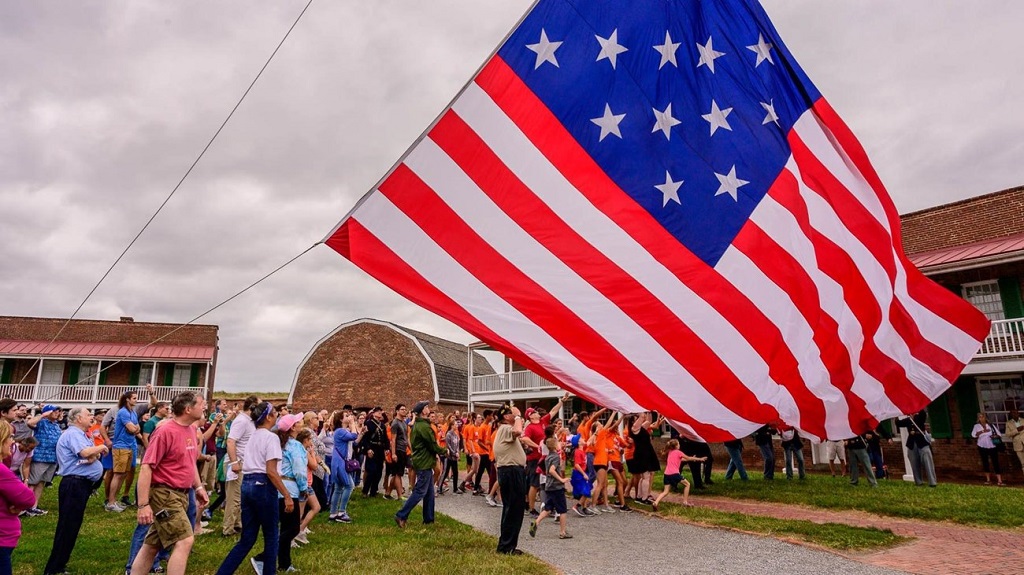
15 Oct How Do You Attach and Raise a Flag
Raising a flag is an important and symbolic act that has been used for centuries to represent unity, sovereignty, and pride. Flags have been used in various ways throughout history, from signaling movements in battles to representing national identity and values. Today, flags are still an essential part of many cultures and countries around the world.
If you’re wondering how to attach and raise a flag, you’re in the right place. In this guide, we’ll cover everything you need to know about attaching and raising flags, from the types of materials to use to the proper etiquette for displaying them.
So let’s dive into the world of flags and learn how to properly attach and raise one.
Materials for Attaching a Flag
Before we discuss the steps to attach and raise a flag, it’s essential to understand the materials you’ll need. The type of material you use will depend on the type of flag and how you plan to display it.
- Flagpole: This is the most common way of displaying a flag. Flagpoles come in different sizes and materials, such as wood, aluminum, or fiberglass. Choose a flagpole that is suitable for the size and weight of your flag.
- Rope or Halyard: This is used to raise and lower the flag on the pole.
- Flag Clips: These are clips used to attach the flag to the halyard. They come in various sizes, depending on the thickness of your rope or halyard.
- Cleat: This is a device used to secure the halyard and keep the flag at a specific height.
- Flag Mounts or Brackets: These are used to attach the flagpole to walls or other surfaces.
- Screws/Bolts/Nails: These are needed if you’re using mounts or brackets to attach your flagpole.
Choose the right hardware depending on the type of surface you’re attaching it to. If you’re wondering how to hang a flag on a pole with rope, you can find helpful instructions at https://yifarope.com/how-to-attach-a-flag-with-rope-and-toggle/.
How to Attach a Flag

Now that you have all the necessary materials let’s look at how to attach your flag properly. The steps below apply to attaching a flag with clips onto a halyard and raising it on a flagpole, as this is the most common method used for displaying flags.
- Begin by making sure that the flagpole is secure and in an upright position.
- Unfasten the clips and spread them out on a flat surface, making sure they are not tangled.
- Attach one clip to the top of the flag, near the hoist (the side of the flag closest to the pole).
- Keeping the flag straight, attach the other clip to the bottom of the flag, near the bottom of the hoist.
- Take hold of the rope and slowly raise your flag up the pole until it reaches its desired height.
- Once your flag is at its intended position, secure it using a cleat. Wrap the halyard around the cleat in a figure-eight pattern to prevent the flag from slipping.
Congratulations, you have successfully attached your flag!
Proper Etiquette for Displaying a Flag
Before raising a flag, it’s crucial to understand proper etiquette. Flags hold great significance and should be treated with respect. Here are some general guidelines for displaying a flag:
- Display at half-staff: The U.S. flag is flown at half-staff to honor the death of a prominent individual or on certain days designated by the President. When displayed at half-staff, it should be hoisted to the top for an instant and then lowered to halfway between the top and bottom of the staff.
- Displaying with other flags: If you’re displaying multiple flags, make sure that they are all of equal size and are flown at the same level. The U.S. flag should always be in a position of prominence, above any other flags.
- Lighting: It’s customary to display a flag from sunrise to sunset. If you’re displaying it at night, it must be illuminated.
- Cleaning and maintenance: Flags should be cleaned and mended regularly to keep them in good condition. If the flag becomes tattered or faded, it should be replaced.
How to Raise a Flag

Now that you have successfully attached your flag, let’s learn how to raise it on the pole. Again, these steps are for raising a flag using a halyard and clips on a flagpole.
- Begin by untying the halyard from the cleat.
- Slowly raise the flag up the pole until it reaches its desired height. Make sure to keep the flag straight while raising it.
- Once your flag is at its intended position, secure the halyard back onto the cleat.
And there you have it – a properly raised flag!
Flag Etiquette for Special Occasions
In addition to proper etiquette for general flag display, there are also specific guidelines for displaying a flag on special occasions. Here are some examples:
- Memorial Day: On Memorial Day, the flag should be flown at half-staff until noon, then raised to the top of the pole.
- Independence Day: On July 4th, the flag should be flown at full-staff all day.
- Veterans Day: On Veterans Day, the flag should also be flown at full-staff all day.
In conclusion, attaching and raising a flag may seem like a simple task but it’s important to follow proper etiquette and guidelines. Remember to choose the right materials, attach your flag properly, and raise it with respect and pride. Happy flag flying! So next time you’re preparing to display a flag, remember these tips for attaching and raising it with honor.
FAQs
Can I raise a flag on someone else’s property?
It is generally considered respectful to ask for permission before raising a flag on someone else’s property.
Can I attach a flag to my car?
Yes, you can attach a flag to your car as long as it does not obstruct the view of the driver.
What is the significance of half-staff for the U.S. flag?
Flying the U.S. flag at half-staff symbolizes mourning and respect for those who have died.
Can I raise a flag in inclement weather?
It is recommended to lower and secure the flag during severe weather conditions to prevent damage.
Can I wash my flag?
Yes, you can wash your flag using mild detergent and cold water, then let it air dry.
